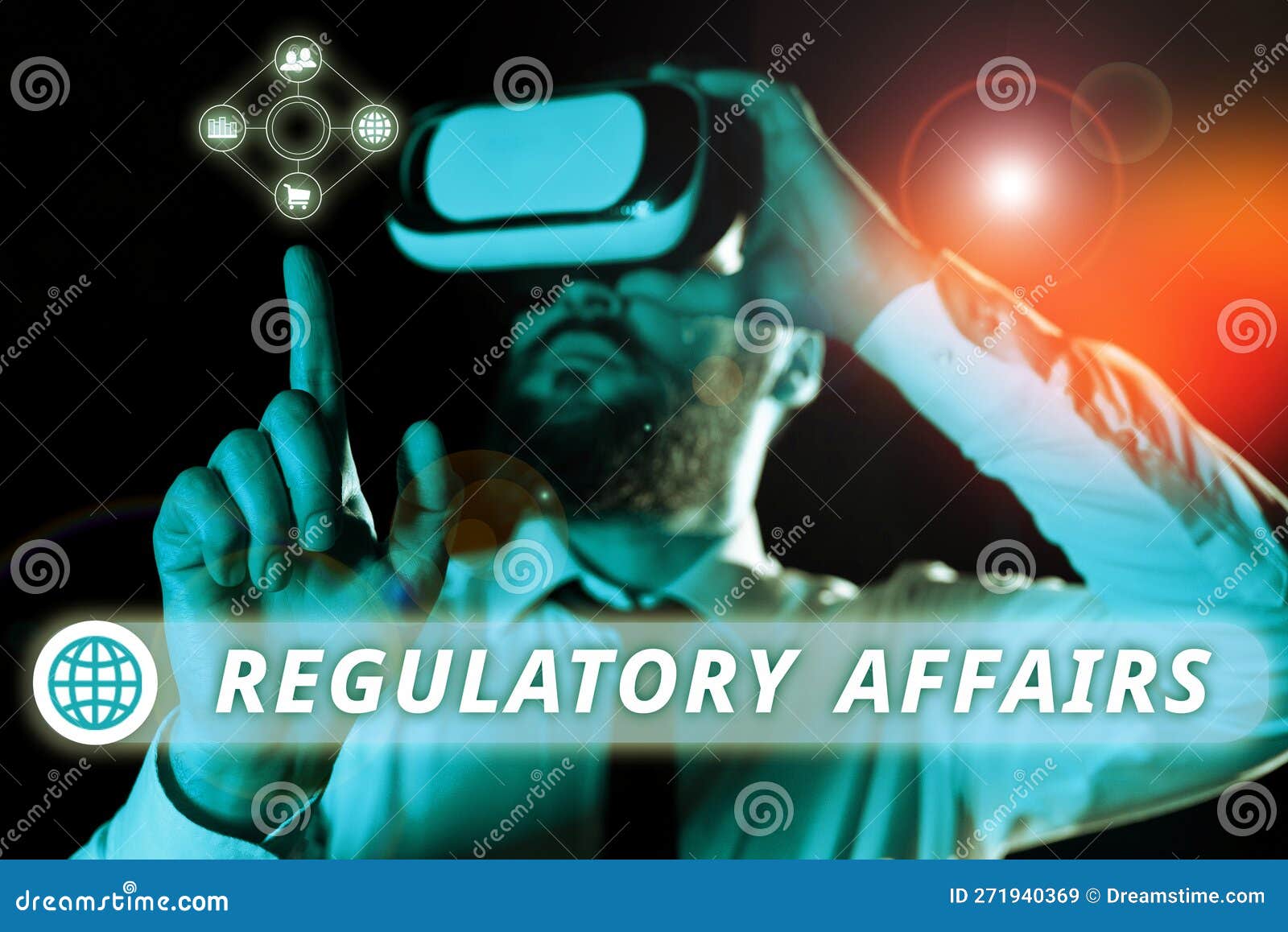The Evolution of Regulatory Affairs: A Historical Perspective
The Evolution of Regulatory Affairs: A Historical Perspective
Blog Article

Regulatory affairs is a critical field that has evolved significantly over the years, adapting to the complexities of healthcare, technology, and global commerce. As industries like pharmaceuticals, biotechnology, and medical devices have expanded, so too has the need for structured processes to ensure the safety, efficacy, and ethical standards of products entering the market. The roots of regulatory affairs can be traced back to the early 20th century when the first waves of public health initiatives and consumer protection laws were established in response to growing concerns about product safety.
As societies advanced, so did the framework governing regulatory affairs. The focus shifted from merely responding to crises to a proactive approach that emphasized thorough research, risk assessment, and compliance across various sectors. This evolution reflects not only the changing landscape of science and technology but also a deeper understanding of the importance of regulatory practices in protecting public health and fostering innovation. Today, regulatory affairs professionals play a pivotal role in navigating the intricate web of regulations that govern the development and distribution of products, making their history a fascinating topic worthy of exploration.
Early Beginnings of Regulatory Affairs
The concept of regulatory affairs has its roots in the early 20th century, a time marked by rapid industrialization and the rise of new pharmaceutical products. As the market flooded with various medicines, many of which lacked scientific validation, there was a growing concern about safety and efficacy. This led to the first calls for regulatory oversight to ensure that products were not only effective but also safe for public use. The need for regulation became increasingly evident as adverse events associated with untested products began to surface.
The establishment of regulatory bodies was a significant turning point in the history of regulatory affairs. In 1906, the Pure Food and Drugs Act was enacted in the United States, aiming to prohibit the sale of misbranded or adulterated food and drugs. This legislation marked the first efforts to set standards for pharmaceutical products and laid the foundation for future regulatory frameworks. The act represented a shift in how society viewed the responsibility of government in protecting the health of its citizens against potentially harmful products.
Over the next few decades, the regulatory landscape evolved further in response to public health crises and increasing scientific knowledge. The advent of new therapies, particularly during and after World War II, spurred the development of more strict regulations. As the industry expanded, so did the complexity of regulations, ultimately leading to the formation of dedicated departments within government agencies to manage regulatory affairs. This evolution established the principles and practices that would govern the increasingly intricate world of drug development and marketing for years to come.
Key Milestones in Regulatory Development
The establishment of the Food and Drug Administration in the early 20th century marked a significant milestone in the evolution of regulatory affairs. In response to public outcry over unsafe food and drug products, the Federal Food Drug and Cosmetic Act of 1938 was enacted, granting the FDA the authority to oversee the safety and efficacy of these products. This legislation laid the groundwork for modern regulatory practices by requiring pre-market approval, which has since become a standard in ensuring consumer protection.
Another pivotal moment occurred in the 1960s with the thalidomide tragedy, where the drug's severe birth defects led to increased scrutiny and the subsequent enactment of the Kefauver Harris Amendment in 1962. This amendment strengthened regulations by mandating that all drugs undergo rigorous testing for safety and efficacy before they could be marketed. The incident highlighted the critical need for robust regulatory frameworks and fostered the establishment of more stringent clinical trial requirements that continue to shape regulatory affairs today.
Find Out More
The introduction of the Global Harmonization Task Force in the 1990s further evolved regulatory practices by promoting international standards for medical devices and pharmaceuticals. This initiative aimed to streamline regulatory processes across borders, fostering collaboration among regulators, industry, and other stakeholders. The push for harmonization has facilitated the efficiency of regulatory affairs, allowing for faster access to innovative products while ensuring that essential safety measures remain in place.
The Modern Landscape of Regulatory Affairs
In the contemporary setting, Regulatory Affairs has become increasingly complex and crucial to the success of industries such as pharmaceuticals, biotechnology, and medical devices. With the advent of advanced technologies and a greater emphasis on patient safety and efficacy, regulatory professionals must navigate a labyrinth of guidelines and procedures that vary from one region to another. This landscape necessitates a robust understanding of both local and international regulatory frameworks, as companies aim to deliver innovative products while ensuring compliance with stringent regulations.
Moreover, the rise of globalization has transformed Regulatory Affairs into a more interconnected discipline. Companies must now consider regulations not only in their home countries but also in the global markets where they operate. The harmonization of regulatory approaches, facilitated by organizations like the International Council for Harmonisation of Technical Requirements for Pharmaceuticals for Human Use, is a trend that continues to shape the field. As a result, regulatory professionals increasingly collaborate with international stakeholders to streamline processes and improve the efficiency of product approval timelines.
The digital transformation has also had a profound impact on Regulatory Affairs. The integration of regulatory data management systems and electronic submissions has enhanced the efficiency and accuracy of compliance efforts. Furthermore, the use of artificial intelligence and machine learning is beginning to assist in risk assessment and regulatory decision-making. As these technologies evolve, they offer the potential to not only improve the regulatory process but also to anticipate and adapt to future regulatory challenges effectively. The landscape of Regulatory Affairs continues to grow, adapting to the rapid pace of change in the industries it serves.
Report this page